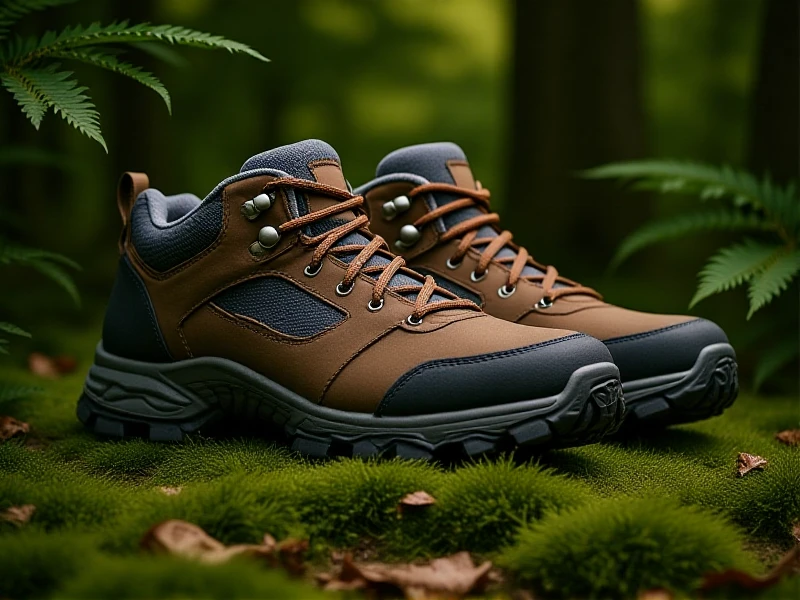Your Ultimate Guide to Choosing Perfect Hiking Shoes

Hitting the trail? Don't let the wrong footwear turn your adventure into agony. The right hiking shoes are your foundation, offering comfort, protection, and confidence mile after mile. Forget blisters, rolled ankles, and soggy socks – focus on finding your perfect match.**
Why Hiking Shoes Matter Unlike regular sneakers, hiking shoes are precision-engineered for demanding terrain. They provide crucial ankle support on rocky paths, aggressive traction for slick slopes, and durable protection from roots and debris. Getting this choice right impacts your enjoyment and safety significantly. Trust me, a day on sharp rocks in flimsy shoes quickly turns painful.
Key Features to Demand
- Fit & Comfort: This is non-negotiable. Always try shoes on in the afternoon (feet swell!). Wear hiking socks, ensure a snug heel, ample toe room (wiggle space!), and no pressure points. Walk on an incline in the store if possible. Discomfort in-store means agony on the trail.
- Traction: Look for deep, multi-directional lugs made of grippy rubber (like Vibram). The pattern should shed mud easily. Aggressive traction inspires confidence crossing streams or navigating loose scree.
- Support & Stability: A firm, supportive midsole prevents foot fatigue on long slogs. For uneven terrain or heavier packs, consider mid-cut boots offering crucial ankle support. Trails only? Lightweight low-cut shoes offer flexibility.
- Protection & Durability: Rugged uppers (suede, nylon, synthetic leather) shield your feet from scrapes. A sturdy rubber toe cap guards against stumps. Waterproof membranes (GORE-TEX®, eVent®) keep feet dry in wet grass or shallow streams – breathability is key here too to avoid sweaty feet.
- Weight & Breathability: Lighter shoes boost agility but might offer less protection. Consider trail length and pack weight. Mesh panels enhance breathability for warmer hikes; more solid uppers suit wet, muddy conditions. Waterproof shoes trade some breathability for dryness.
Finding Your Ideal Pair
- Trail Type: Paved paths? Stick with trail runners. Rugged, rocky mountains? Prioritize ankle support and robust soles.
- Distance: Multi-day backpacking demands sturdy boots. Short local hikes can use flexible low-cuts.
- Weather & Water: Expect frequent rain? Waterproof shoes are essential. Hot, dry climates? Highly breathable mesh shoes win.
Quick Care Tips Extend your shoes' life! Clean dirt off regularly with a soft brush and mild soap/water. Air dry them naturally – never near direct heat like a heater, which warps materials. Avoid the washing machine. Periodically treat leather parts to prevent drying and cracking. Stuffed with newspaper, they dry faster and retain shape.
The Trail Awaits! Choosing hiking shoes is an investment in your outdoor enjoyment. Prioritize fit and function specific to your adventures. Don't settle – your feet will thank you. Take the time to find your ideal trail partner and discover the joy of hiking without foot pain slowing you down. It's time to lace up!